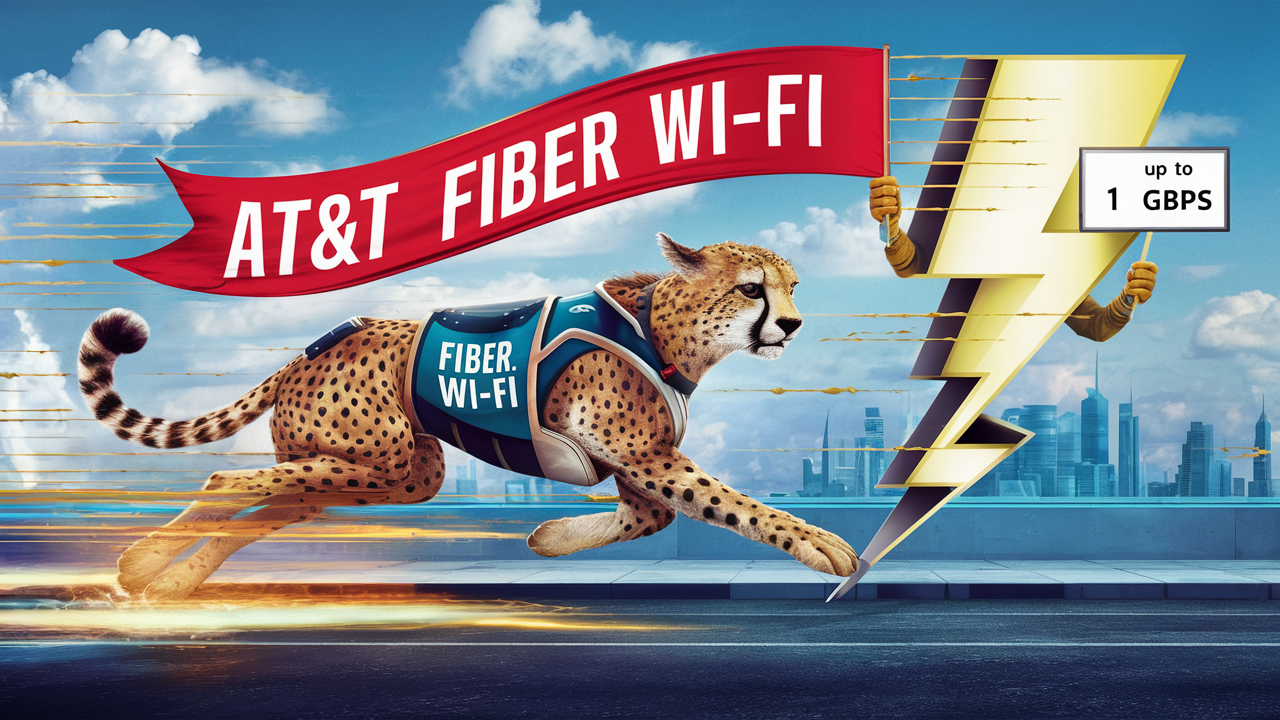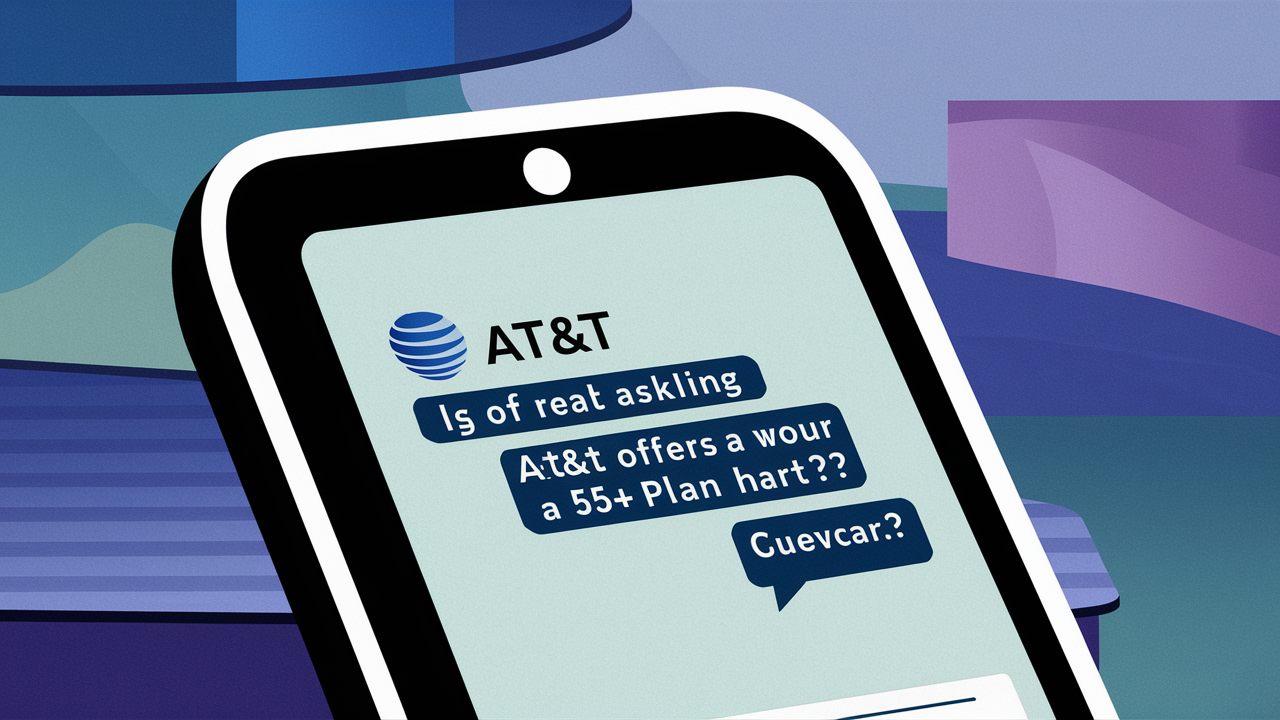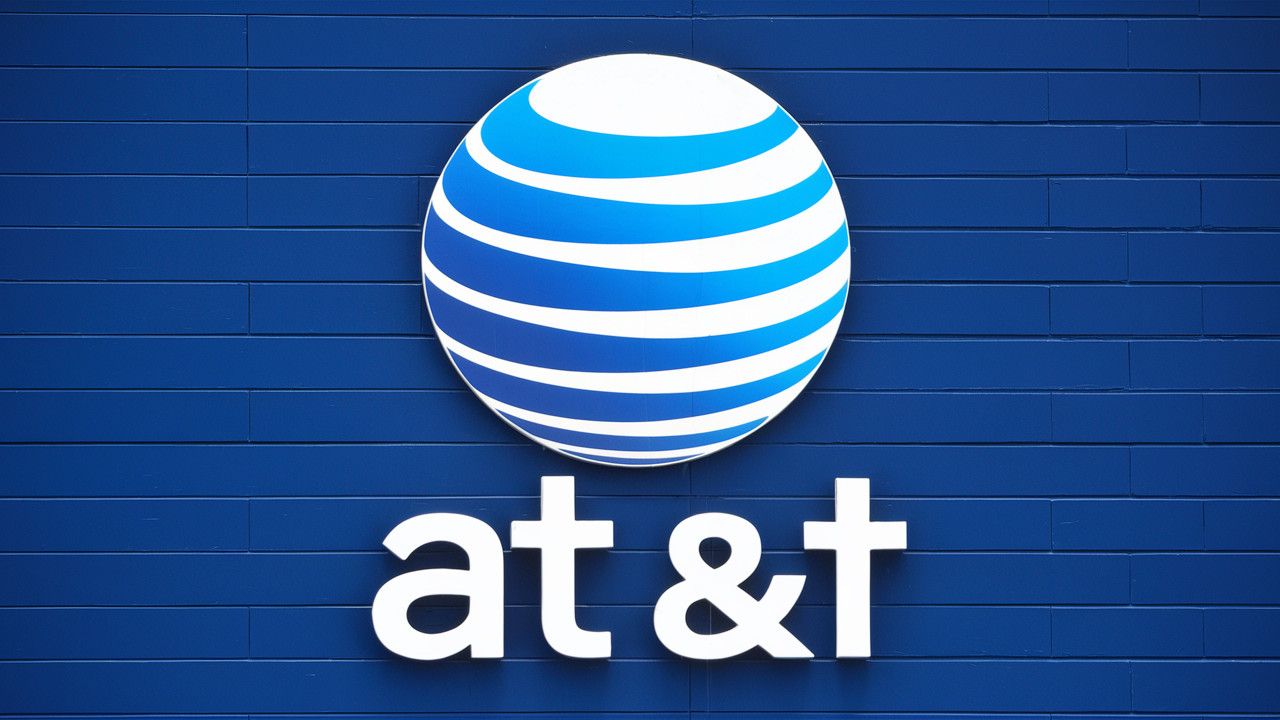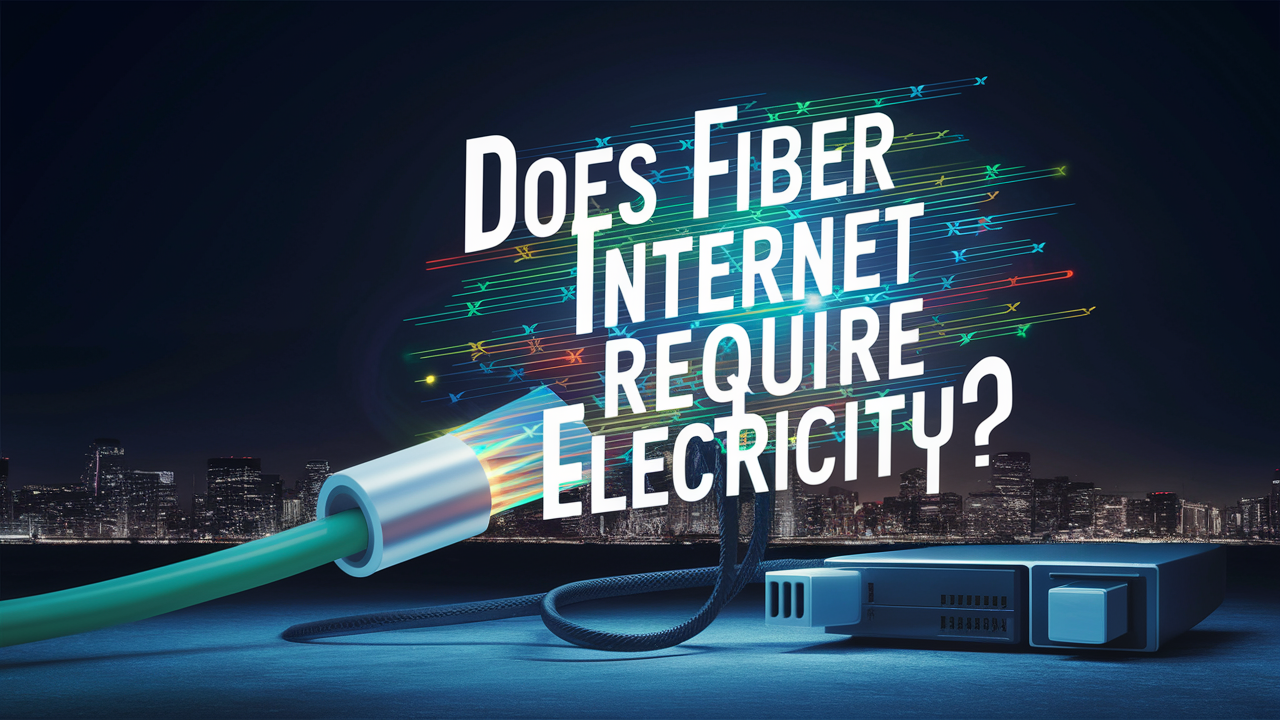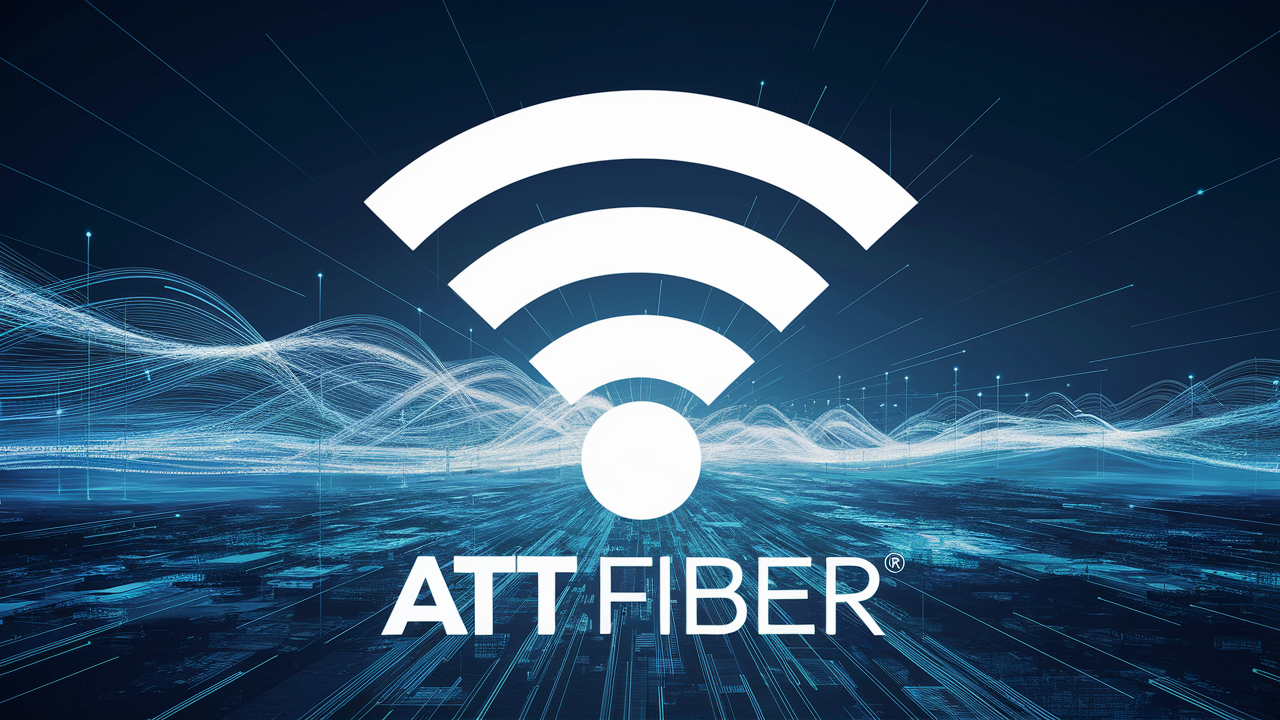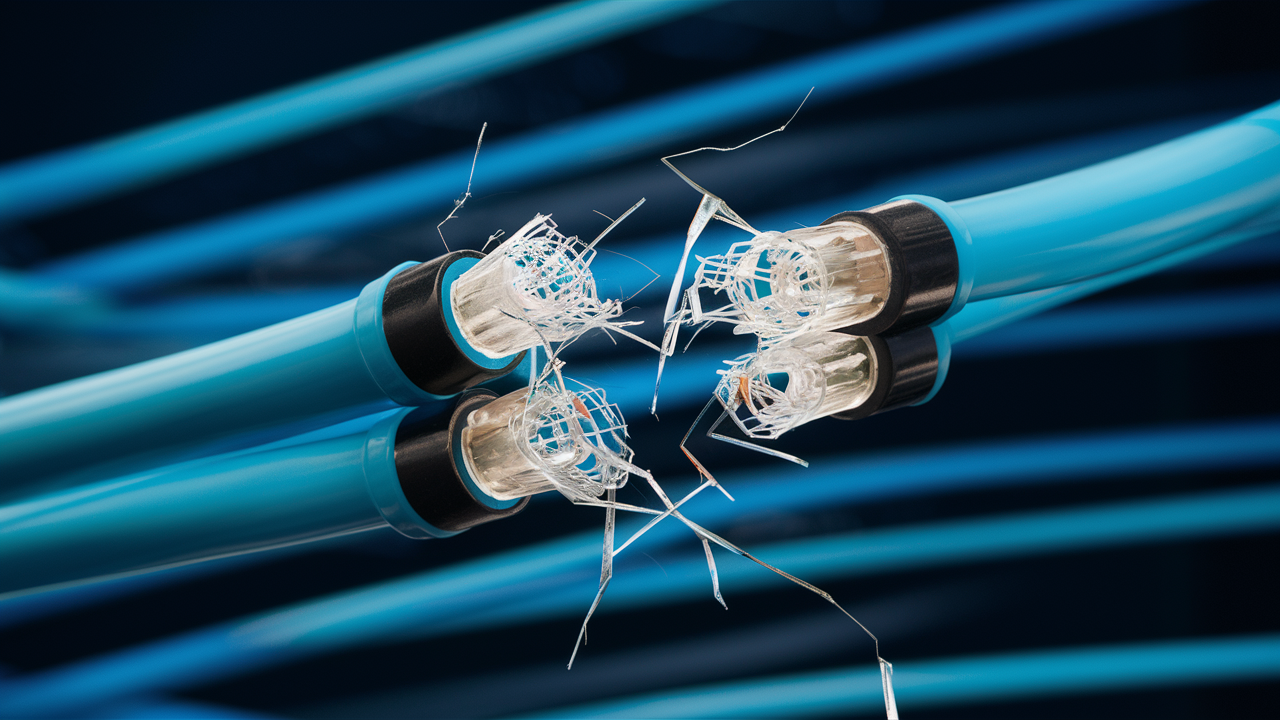
Fiber optic cable has one major disadvantage, and it is the cost factor; fiber optic cable is much more expensive than copper cable. Fiber optic cabling entails laying down fundamental cabling that may be very expensive for many applications, making its installation a costly affair.
Carbon fiber itself is costlier per foot than copper wire with similar data transmission capability. Fiber cables are relatively expensive compared to copper cables; however, the prices depend on the type of fiber cable and other factors; in general, fiber cables are 2-10 times as expensive as copper cables per unit length. Moreover, the transceivers that are used for connecting the equipments to the fiber optic cable are usually more costly than the communication interfaces that are used on cables of copper. This applies not only to the cabling of optical equipment, but also to all supporting equipment as well, which contributes to the high costs.
Stringing fibre entails capital expenditure on the necessary fibre as well as undertaking labour and permit expenses. Joining fiber cable involves a rigorous and time-consuming process that demands immense skill and expertise and hence increases costs of the installation or expansion projects. Workers should require certain equipment and knowledge to appropriately deal with and join optical fiber. Permits and surveys may also make up part of the installation process as the cabling normally requires running through underground ducts or along utility poles within easements. Some form of limitation is brought about by the ways in which deploying fiber affects reach and accessibility; sometimes, options get limited.
Current FTTH networks, even if some of them may contain fiber optic cabling as a backbone, will continue to utilize copper cable for the last mile connection to the particular buildings or houses. This is also referred to as the last mile connection. Expenses include upgrading that localized infrastructure to fiber, whether it be the central offices and the trunk lines to the end points. This in turn makes the expansion of fiber networks very capital intensive as a result. Certain governments have had to intervene to support the provision of subsidies and other appropriate funding methods as a way of ensuring that there is an expansion of fiber optic internet access since it is central to the economic growth of a country. While useful, subsidy schemes cover only a portion of deployment costs in most scenarios.
There are also soft costs on top of the massive hard costs of the physical fiber itself, which are necessary for building out the infrastructure. Network design, engineering, project management, licensing, and other professional Internet service Provider costs are also included in the total cost of making fiber facilities ready for use by consumers. To train internal staff, or to hire specialists with prior experience working with the unfamiliar fiber technology, will cost money in some capacity as well. Even for companies that have converted from the traditional copper-based systems to the modern fibre-optic systems, the process is not without this element of learning too. That change management process, integration of fiber networking equipment involved, takes time, requires extra effort and causes disruption, not to mention the cost.
The primary issue of high initial investment costs is then exacerbated by relatively slower return on investment in fiber optic networks as compared to other options. The advantages of fiber cabling are that due to its integration it is long lasting and it can last for many decades if the installation is properly done. However, the businesses and owners of the networks fail to realize their profits within the same proportion and within the same period that they have invested so much of their capital in the technology initially. Those responsible for making purchase decisions in optic fibers must have long-term vision of the project instead of focusing on short-term gains. This long ROI time horizon has discouraged different organisations from investing in the lifetimes while the value proposition of fibre is still mostly positive.
Regarding costs, it is worth stating that certain parts of fiber optic communication systems are getting cheaper over the course of time. Whilst it can be seen that prices for some key constituents such as transceivers, testing equipment, connectors and the like have been steadily decreasing, primarily due to increasing volume and improving processes. But this is where improvements in circuit performance are offset by corresponding increases in bandwidth usage that require higher fiber counts and more sophisticated designs. Fiber installations need to accommodate increasing data demands for fibres that are designed for service life of decades. The Internet backbone is progressively adopting fiber optics while the access networks heavily rely on copper cables because they are cheaper for offering lower speeds adequate for local usage. This is more so because the economics lean more in favor of fiber for backhaul between cities as opposed to the last mile directly to structures.
In the future, other technologies may finally catch up with the fiber optics and provide a close competition to copper cabling in terms of price. However, the current concrete disadvantage of the fiber is the great disparity in the expense of the technologies that still remains at present. This rather alarming economic situation is one that apparently only sees only about 25% of business ventures across the United States directly connected to fiber even if they appear to offer better speed and reliability. The installation costs are too steep as a barrier to entry in comparison with the requirement or potential benefits for most applications today. While new technologies may only build fiber networks faster and cheaper sometimes, if that change occurs, it can expand the usage of fiber to its complete capacity for all business sectors.
Call (844) 905-5001 to get a new AT&T connection now!
Read More:
Is AT&T Fiber upgrade really free?
Can I use a WiFi extender with AT&T fiber?
Does AT&T fiber include Wi-Fi?
